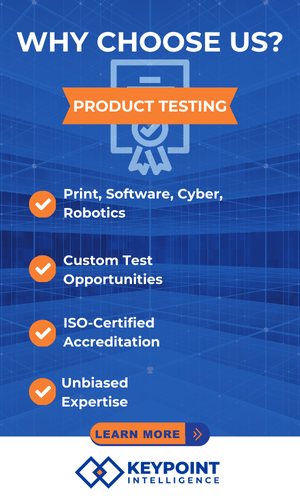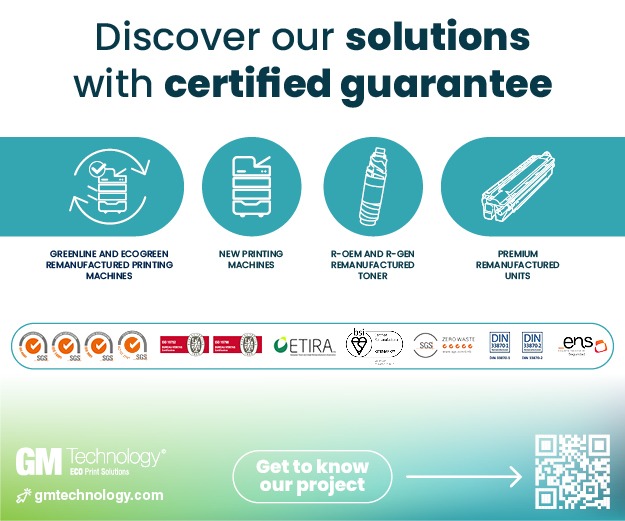A recent JLL report shows a global shift towards hybrid work, with variations in office attendance influenced by regional factors. Companies are responding by adapting office spaces to balance collaborative and individual work, integrating technology to overcome challenges like commuting and privacy.
In a significant shift in the global workplace landscape, hybrid work models are increasingly being adopted by organisations worldwide. A recent report by JLL, as highlighted by HRTech Edge, indicates a growing trend towards hybrid work environments. The study, which included insights from over 200 Corporate Real Estate decision-makers and feedback from more than 20,000 office workers, reveals a nuanced picture of this evolving work pattern.
Globally, employees now spend an average of just over three days per week in the office, with attendance peaking mid-week. However, regional variances are evident. In the U.S. and U.K., office attendance averages around two days, whereas in countries like China, India, and South Korea, the figure is over four days. This disparity is attributed to cultural differences, living conditions, and other structural factors.
Most international organisations (87%) encourage office attendance to some extent. This marks a significant decline in fully remote work or minimal office presence, which has dropped from 39% to 20% over the past year. Employers increasingly recognise the office as a key driver of productivity, collaboration, and employee engagement.
Employees cite commuting, noise, and lack of privacy as significant barriers to office work. In response, companies strive to create more dynamic, flexible workspaces catering to collaborative and focused work. This involves integrating advanced technology and thoughtful design to make offices not just places of social interaction but also conducive environments for various work activities.
Neil Murray, CEO of Work Dynamics at JLL, notes, “The office continues to be central to work experience and culture.” He emphasises the importance of understanding changing work preferences and utilising technology and flexible arrangements to meet these evolving needs.
The hybrid work model is becoming the new norm, with companies adapting to balance cost management and employee experience in challenging economic times. The focus is now on creating workspaces that meet the diverse needs of a modern workforce, combining aspects of collaboration with the need for privacy and focused work??.
“Hybrid work models are reshaping the office imaging industry,” said David Connett, a partner at Connett & Unland GbR. “This change in work patterns may also spur greater demand for cost-effective and sustainable imaging solutions as companies look to reduce overheads while aligning with environmental initiatives.
With the new hybrid work environment, there’s an anticipated need for more customised imaging solutions tailored to the unique requirements of a mixed remote and in-office workforce. These may include secure printing options for sensitive documents and systems that integrate seamlessly with home office setups. Additionally, the office imaging industry’s service and maintenance aspect might transform, requiring more adaptable or on-demand services due to less consistent usage patterns in offices. The security of office imaging equipment will also become a focal point, as the hybrid model entails remote access to office systems, necessitating enhanced security measures to safeguard sensitive information.”



















